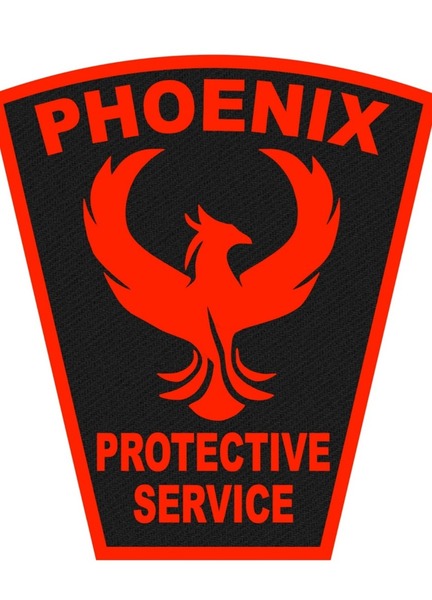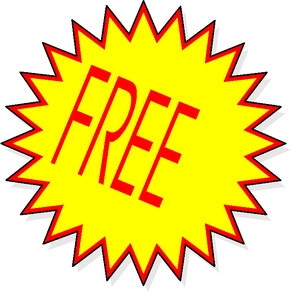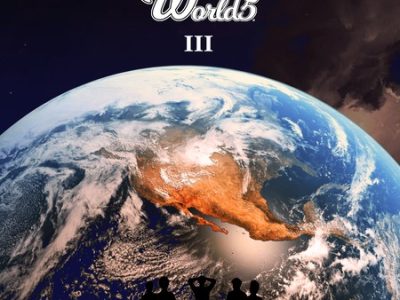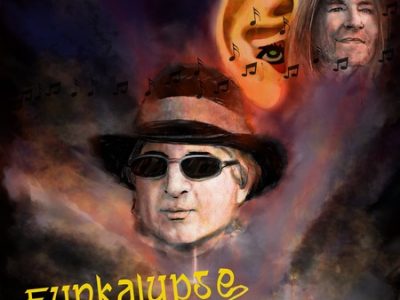Rarely has there been a point in the Music industry and its related business processes from musicians’ perspectives, whereby, the corporate element of the industry wasn’t perceived as shaky-baky, at best, in respect to artists earning an acceptable income. Ironically and consequently, commercial musical artists today spend much of their time, in fact, most of their time proverbially beating their heads against the wall with trying to figure out how to get their loving and adoring fans to, literally, pay for their music. Therefore, it has become imperative that musical artists create alternative ways to sell their music.
That alternative creativity must first begin with musical artists not only admitting but coming to honest terms with themselves that the music industry as well as how music fans see and respond to it today, in particular, has metamorphosed with no return to the processes of yesterday or yesteryear. In short, in an industry-wide effort to acquire the much divided attention of music fans, so much music has been given away that many (if not most) people today feel a loss at paying 99 cents for a digital download.
I believe the grandfather of this sort of thinking may actually have begun with those enormous Columbia House mail order music giveaways back in the 1980s. With compact disc sales ever spiraling to a bottomless pit, largely due to today’s personal economics, more often than not, the digital download is as good as it’s going to get in the foreseeable future for most musical artists.
Therefore as I see it, today artists, primarily, have two main choices in benefiting financially from their music while eliminating the ‘co$t of free’ scenario, which are;
1. Use, at least, a number of your absolute best singles as giveaways in their entirety to convince music fans to take a risk on your complete release, even if that means their strictly purchasing the rest of your music via downloads. And, for your songs that are, at least, three minutes in length, why not allow the listening time to be a minute long, as opposed to the standard thirty seconds of listening time that are generally allocated by online music distributors. The information in this paragraph likely works best for NON-performing or touring musicians.
2. For regularly performing and touring musicians, however, the listening times of artists’ music might ought to extend to the point of fans being able to enjoy the entire repertoire in order for artists to be more deeply embraced during their live performances. With fans utmost awareness of each song, the impulse to purchase the actual hard copy as a compact disc should automatically be generated by many fans attending artists’ concerts.
In summary, today, each artist must decide on, at least, one of the above two perspectives and on how he or she is going to adopt and execute it. Upon reviewing it, you will note that each process contains some degree of psychology built into it in order to convince the fan to make a purchase of the music. If I were a racehorse better I, personally, would bet on Horse #2 as a winner due to several factors…1. the granting of the music lover to experience the music in its entirety upfront, 2. the opportunity for the artist to earn live performance income by creating a live performance demand through the free listening granting of the music and, 3. the further opportunity for the live performing artist to sell the physical compact disc at his or her performances. Very often, the co$t of FREE is merely measured in the event of time.
Editor’s Note: Dr. Kenneth Love is a writer/author, Jazz musician/recording artist, and international promoter and publicist. Learn more about him at http://1waypr.com and http://kennylovejazz.com
Dr. Kenneth Love – drklinfo@gmail.com






